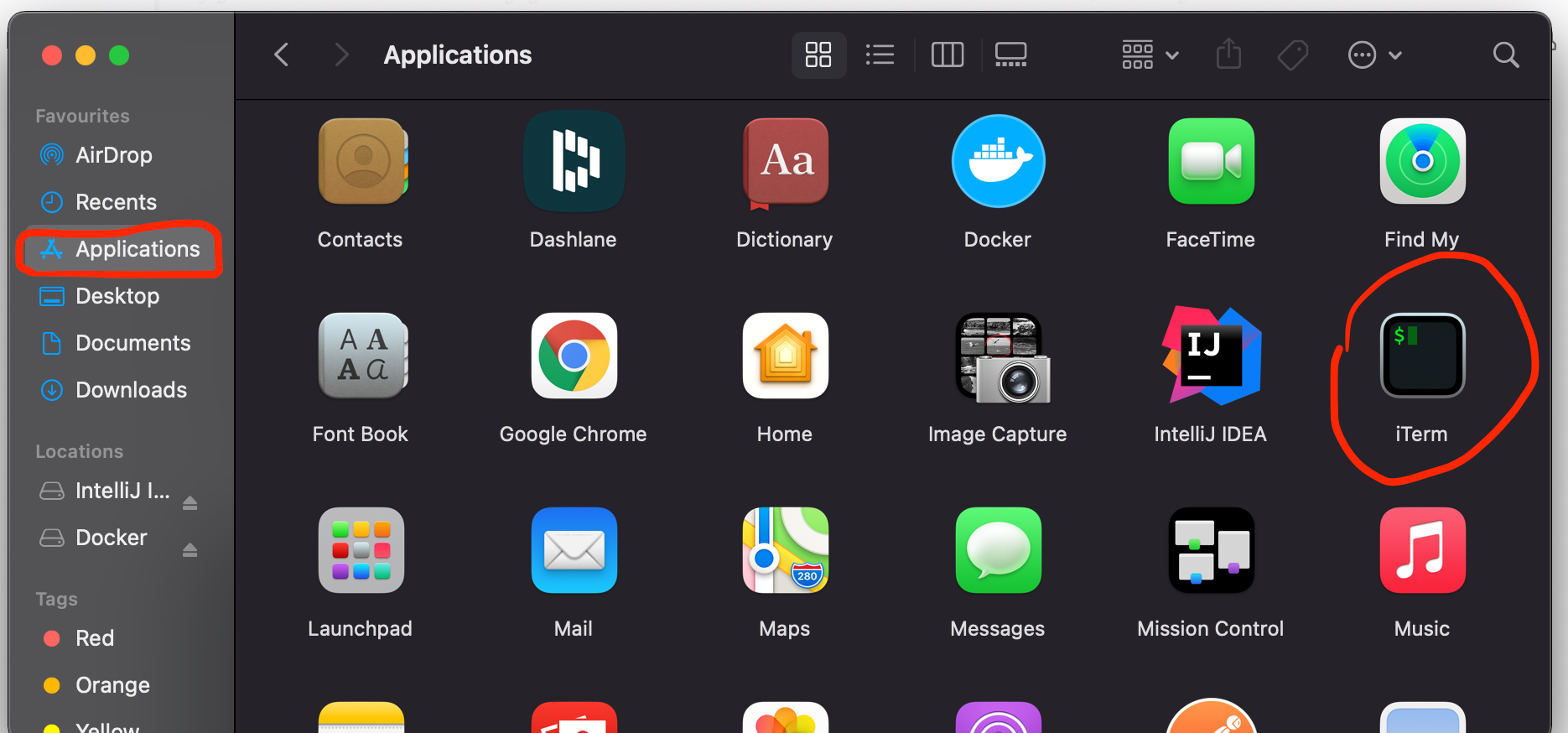

Optionally, if you set this to "random" # it'll load a random theme each time that oh-my-zsh is loaded. export ZSH=/Users/mhoffman/.oh-my-zsh # Set name of the theme to load. export PATH= $HOME /bin:/usr/local/bin: $PATH export JAVA_HOME= "/Library/Java/JavaVirtualMachines/openjdk-11.0.2.jdk/Contents/Home/" # jenv export PATH= " $HOME /.jenv/bin: $PATH " eval "$(jenv init -)" # Path to your oh-my-zsh installation. # If you come from bash you might have to change your $PATH.
ITERM2 ZSH INSTALL
You can install it using this terminal command: Use - to quickly navigate between your last and current path.

Example: take testFolder is the same as mkdir testFolder & cd testFolder
take command creates a new directory and changes the path to it. ) / (for root directory) and ~ (for home directory) You can omit the cd (change directory) command. Use alias commands, you can get a list of all available alias by running alias in your terminal. Autocompletion by pressing Tab key which allows selecting available directories, commands and files. You can enrich ZSH by using the Oh My ZSH framework which provides some functionality that will boost your productivity: Since macOS Catalina (10.15.2) the default shell is now ZSH instead of Bash. Paste history that shows everything you’ve pasted into the terminal. Different user profiles to save your window arrangements and more. Register a hotkey that brings the terminal to the foreground when you're in another application. Split your terminal into multiple panes which you can switch by hotkeys.






 0 kommentar(er)
0 kommentar(er)
